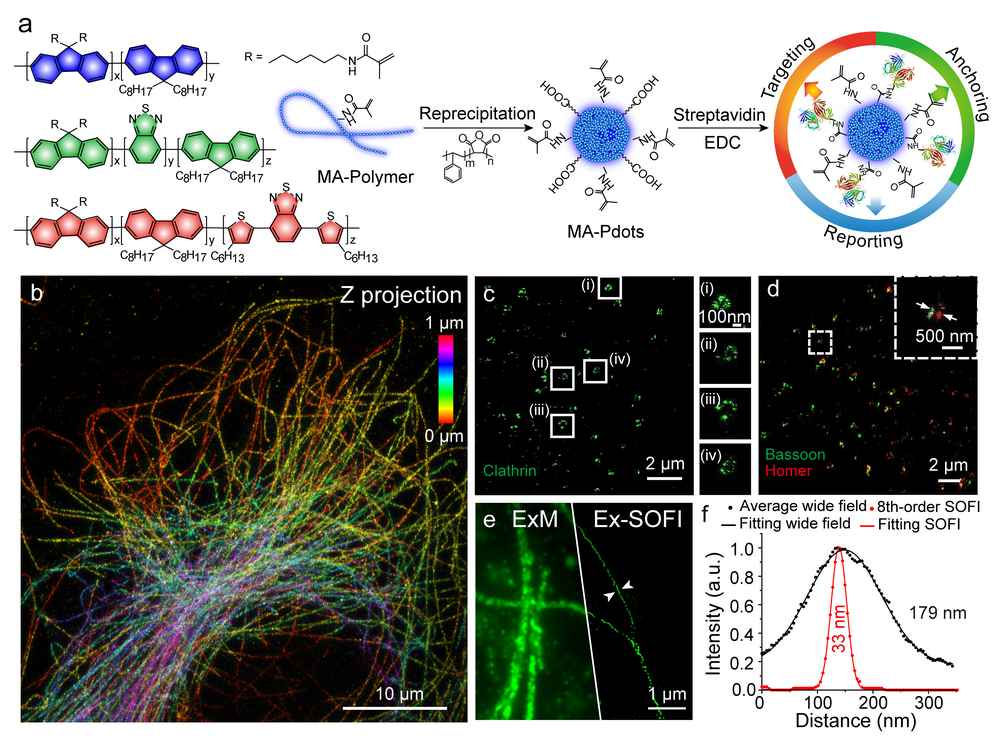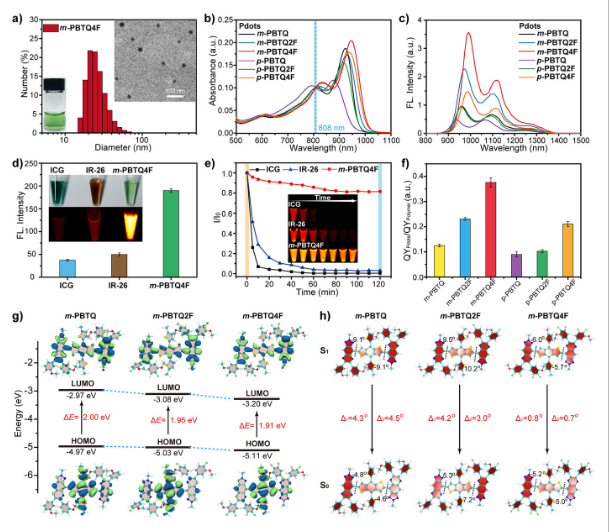Enhanced Phototherapy by Nanoparticle-Enzyme (Nano Lett. 2017, 17, 4323)
Recently, Professor Wu Changfeng’s research group from SUSTech’s department of biomedical engineering, made significant advances in the research of optical polymer and fluorescent imaging of semiconductor polymer nanomaterials. Two research papers have been published in the famous scientific journals Nano Letters and Chemical Science.
.png)
Light has been widely used for cancer therapeutics such as photodynamic therapy (PDT) and photothermal therapy. This paper describes a strategy called enzyme-enhanced phototherapy (EEPT) for cancer treatment. We constructed a nanoparticle platform by covalent conjugation of glucose oxidase (GOx) to small polymer dots, which could be persistently immobilized into a tumor. While the malignant tumors have high glucose uptake, the GOx efficiently catalyzes the glucose oxidation with simultaneous generation of H2O2. Under light irradiation, the in situ generated H2O2 was photolyzed to produce hydroxyl radical, the most reactive oxygen species, for killing cancer cells. In vitro assays indicated that the cancer cells were destroyed by using a nanoparticle concentration at 0.2 μg/mL and a light dose of ∼120 J/cm2, indicating the significantly enhanced efficiency of the EEPT method when compared to typical PDT that requires a photosensitizer of >10 μg/mL for effective cell killing under the same light dose. Furthermore, remarkable inhibition of tumor growth was observed in xenograft-bearing mice, indicating the promise of the EEPT approach for cancer therapeutics.
.png)
The full details of the publications can be found here:
http://pubs.acs.org/doi/abs/10.1021/acs.nanolett.7b01382
http://pubs.rsc.org/en/content/articlehtml/2017/sc/c7sc00441a




